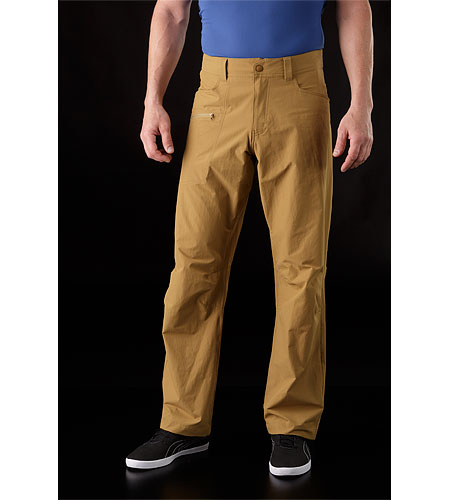I don’t do many gear reviews, mostly because I don’t have access to a lot of new gear. What I buy, I make it last.
But what I can offer you is something different. Call it a shout-out to the products I’ve used that have become standouts for my outdoor endeavors.
I own a multitude of tents, sleeping bags, hiking boots, running shoes, backpacks and a whole bunch of other gear for hiking, backpacking, camping and climbing. Almost all of it has performed well.
But there are a few things in my gear cache that stand out. So what I’m offering you is a roster of my all-stars. Here goes:
MSR Pocket Rocket camp stove: When the Pocket Rocket debuted, it was dubbed the lightest camp stove on the market. At just 3.5 ounces, it held that title for a long time. I bought mine 13 years ago and have used it on every overnight outing in four different states, and in all sort of conditions. It’s simple, effective and durable. Unless MSR discontinues the style of fuel cans that the Pocket Rocket uses, I can’t see replacing mine anytime soon. It’s shown virtually no wear, does its job efficiently and well, and barely makes a dent in my pack weight. You can read my review of this stove here.
Columbia Omni-Wick pullover: Another one I’ve had for a while, along with other Columbia gear. The Omni-Wick pullover has been my go-to softshell for all seasons, and in several locales. It’s warm, durable, lightweight and versatile. It’s an essential piece of gear for mountain hikes and climbs as well as for any winter activities. It kept my toasty during a marathon that was 26 degrees and windy. Enough said.
Merrell Moab Ventilator hiking shoe: I’ve been a Merrell fan for years, and this particular hiking shoe has been one of the most reliable pieces of footwear I’ve ever owned. It’s rugged enough to handle more severe terrain (think Talus-hopping above treeline, or bushwhacking in various wilderness areas) but still comfortable, warm and breathable. I might trade it out for other footwear I own given the conditions of a particular adventure, but the Moab Ventilator is my default hiking shoe for good reason.
Salomon Sense Pro trail running shoe: Another durable, light and high-performing piece of footwear. Unlike the other pieces of gear mentioned here (all of which were purchased), I got a pair of these through a testing program the company had going up until a couple of years ago. You can read my reviews of the Sense Pro here and here. They’re comfortable on various types of terrain, let you feel the trail and protect your feet. They’re great as lightweight hikers and drain water well. And they stay comfortable, even at long distances (I’ve run mine as far as marathon length). Of all the trail running shoes I’ve owned, these have been the best, and it’s not even close.

Me sporting the Solaris 40 backpack by The North Face. Simply put, the best piece of outdoor gear I’ve ever owned, ten years and counting.
The North Face Solaris 40 backpack: One piece of gear to rule them all. I’ve got several backpacks from a number of high-quality brands. All of them are excellent. Some are expedition-size packs, others are day packs. The Solaris 40 is in that latter category, and it might not be fair to compare it to the others. But I have my reasons for giving it the crown. I’ve owned it for 10 years. It’s been all over the world with me. It has all the features you expect in a great day pack: hydration sleeve, an ice axe loop, a lower compartment for ultralight sleeping bags, backside ventilation, and multiple pockets designed in a streamlined fashion. It’s been a reliable summit pack, day hiking pack and is the right size for hauling electronics for more urban uses. It’s also my daily use bike commute backpack. I use it almost every day, and aside from a scuff here and there, the Solaris has shown no signs of wearing out. It was the best $80 I’ve ever spent on ANY piece of gear, and defines the term “versatile.”
So there you have it. My starting five, so to speak. What has been your best gear? Let’s hear it in the comments.
Bob Doucette

























